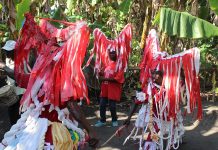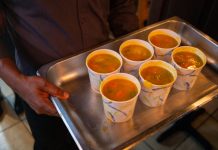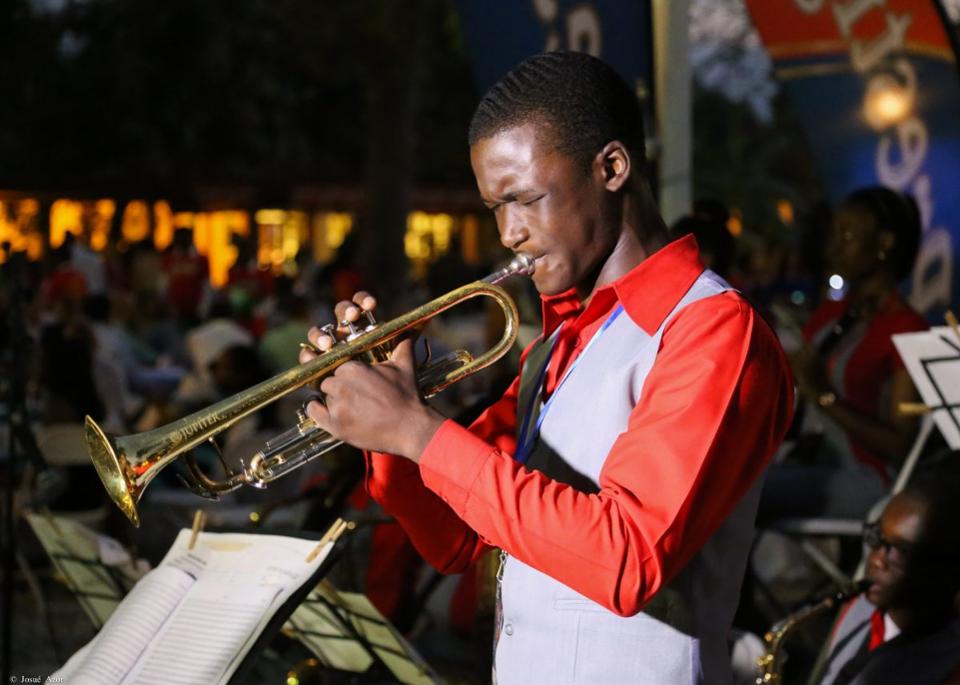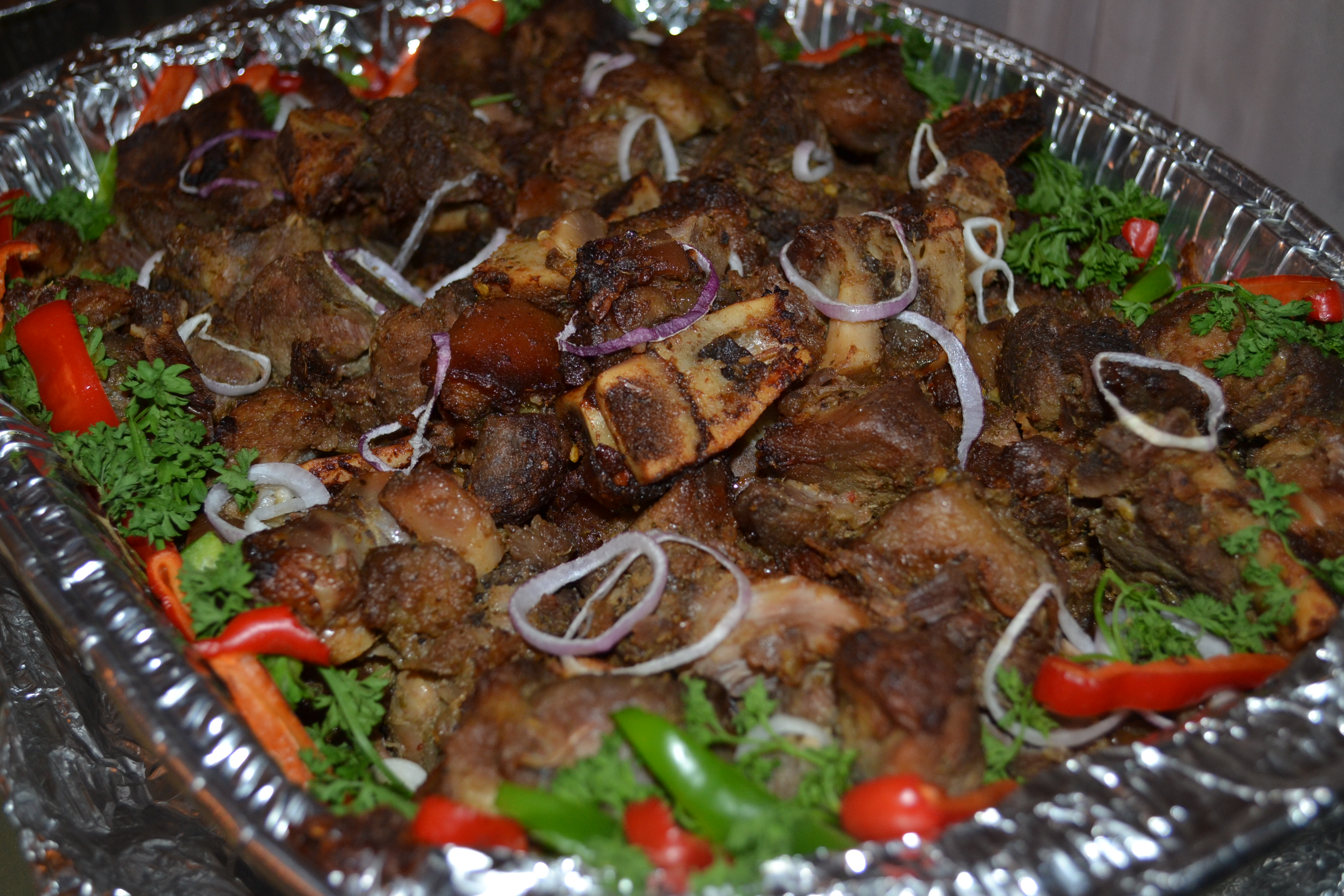(Photo via Instagram/rumwonk)
Organic spirits are having a moment. Craft distillers from Maine to California are producing rum, gin, vodka and whiskey from fertilizer- and pesticide-free sources. But in Haiti, there’s an entire spirit category that’s virtually entirely artisanal and organic: clairin. And its coming to America.
There are more than 500 distilleries in Haiti naturally fermenting organic sugarcane in small batches to produce clairn, a high-proof white rum that goes for about $1.50 on the streets of Port au Prince.
Rather remarkably, this indigenous Caribbean rum, made in rural shacks in the poorest country in the Americas, is about to get a star turn in New York City, and start hitting store shelves across the U.S. for about $40 a bottle.
Ironically, lack of sophistication is turning out to be clairin’s best selling point — a rare bit of good luck in a country perpetually beset by hurricanes, earthquakes, landslides and political turmoil.
Haitian slaves learned the art of distillation from their French masters before mounting the most successful slave revolt in history, driving off their European colonizers and establishing the first black republic on the planet.
“Clairin is produced in the same way today as it was in 1804,” says Kate Perry, U.S. market manager for La Maison & Velier, which is importing the potent spirit and sponsoring a clairin mixology competition in New York in May. “When they kicked out the French, they won their victory, but a lot of things stopped. So they still use stills from 1790 french technology, basically old Cognac stills.”
Velier’s Luca Gargano and Daniele Biondi basically stumbled across clairin (the word means “clear” in French Haitian Creole) during a trip to Haiti in 2013, finding rough distilleries producing the spirit in the middle of sugarcane fields.
The wild-growing cane, indigenous to Haiti, is cut by hand with machetes, and the clairin is distilled from the first press only. Fermentation is spontaneous, with no yeast added, and the unfiltered rum is bottled at around 100 proof.
#spiritofhaiti #rhumexport #clairin #clairinlakay #productionnational#canneasucre #
A post shared by Clairin Lakay (@clairinlakayrhum) on Villages all over Haiti have their own variety of the drink; Velier is working with multiple producers and marketing several different varieties of clairin – all made by the same basic process, but each with its own distinctive flavor.
Perry calls clairin “ancestral rum,” a close approximation of how all rums tasted 200 years ago and the grand-peré of all of the Bacardis, Captain Morgans and – yes – organic, artisanal rums we drink today.
A post shared by Rhumdiaries (@rhumdiaries) on “Haiti’s rum is the stuff that spirit nerds want: terroir driven, open air, wild fermented with wild yeast, heritage varietals, small pot still and made for local consumption,” said Perry. And, she says, it could be the beginning of something special for Haiti’s economy as a whole.
“They have no chemicals, no fertilizers, no awful stuff we’ve filled the soil with in the rest of the world,” Perry said. “I’d love to see Haiti leverage that advantage and bill themselves as the last natural place in the western hemisphere.”
By: Bob Curley for EatSipTrip April 30, 2018





























![Phyllisia Ross – KONSA [Official Music Video]](https://haitiville.com/wp-content/uploads/2014/08/phyliisia.jpg)










